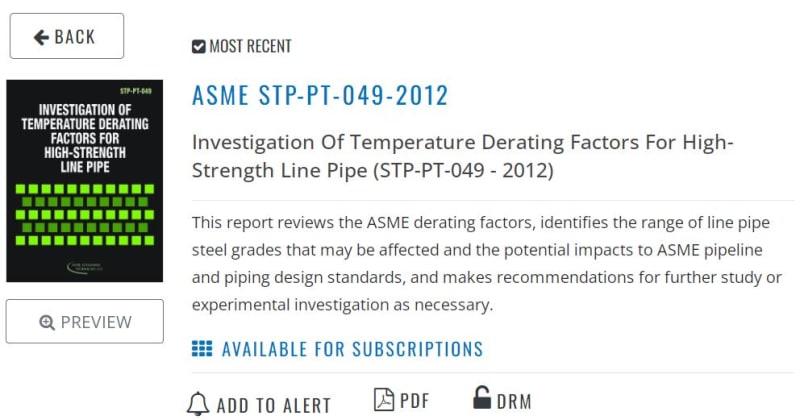In what circumstances design temperature of a piping system can be changed?
-In a operating plant ,the operating temperature of a particular pipe system (where alteration/Modification required) is max 300 deg C,above which there will be alarm/Trip.But the piping is designed to a higher temperature of 450 deg C.Can the design temperature changed to 300 deg c or less than 450 deg C for piping modification/alteration etc.This is for pipe stress analysis compliance.
DV
-In a operating plant ,the operating temperature of a particular pipe system (where alteration/Modification required) is max 300 deg C,above which there will be alarm/Trip.But the piping is designed to a higher temperature of 450 deg C.Can the design temperature changed to 300 deg c or less than 450 deg C for piping modification/alteration etc.This is for pipe stress analysis compliance.
DV


